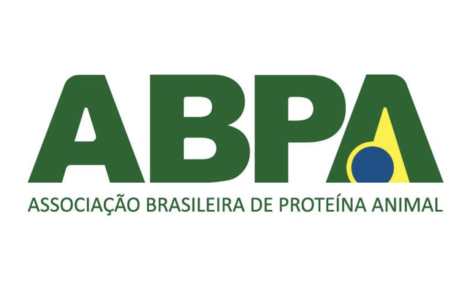



Finding ‘root of the problem’ key in herds with multiple disease challenges
New diagnostic tools have helped the pork industry get a better handle on disease monitoring, but how do you prioritise when multiple pathogens have infected the herd?“We’re learning that nothing really lives alone on this planet,” reported Matheus Costa, DVM, PhD, Western College of Veterinary Medicine, Saskatoon, Saskatchewan.
For swine, it used to be parasites, bacteria and viruses. Today, the pig’s microbiome is included.
“Out in the field, we don’t see one single disease. It’s always a combination of infections,” Costa told Pig Health Today. “We’re trying to help producers manage those altogether.”
Finding the root problem
“The most challenging aspect of a veterinarian’s work nowadays is to identify those primary causes of the disease,” he explained. “Once we have identified those, develop a plan so we can deal with it.
“Later on, you might have to deal with other challenges that were just opportunistic,” he added. “But you need to find the root of the problem first.”
Identifying the co-infections and successfully treating them can require some detective work as Costa learned during an on-farm case in Canada.
Case study
The farm was a standard commercial farrow-to-finish operation with two sites. When Costa visited the farm, the herd appeared to have a respiratory disease, influenza and a gastrointestinal infection.
The most difficult work was determining what disease initiated the problem and opened the door for secondary pathogens to thrive.
The detective work started by observing the farm’s environment, animal movement - where pigs come from and where they go - and other changes that might trigger disease outbreaks.
A laboratory investigation followed with help from a pathologist and veterinary microbiologists in the diagnostic lab. “As a team, and together with the farm manager and staff, we finally developed a plan to fight back these infections,” Costa said.
Surprise culprit
“The detective work led to a surprise co-infection,” he continued. “In the farrowing room, piglets were having diarrhoea early in their lives, and that is surprising because you’d expect them to be protected by maternal antibodies.”
Microscopic lesions on the piglets also were identified. After working through several options and tests, they identified coccidiosis as the root of the problem.
They solved the problem by treating coccidiosis with medication. They also addressed the secondary problem of diarrhoea by giving sows an immunity boost through a feedback programme.
“At the end of the day, we had to do some extra detective work to get to that answer,” Costa said. “The thing is to keep digging until you find the root of the problem. Once you think you are there, try to make evidence-based decisions to tackle those challenges.”
The solutions hopefully will be long-lasting, he added. “What we’re trying to do here is change habits so that disease won’t return to the herd.”






